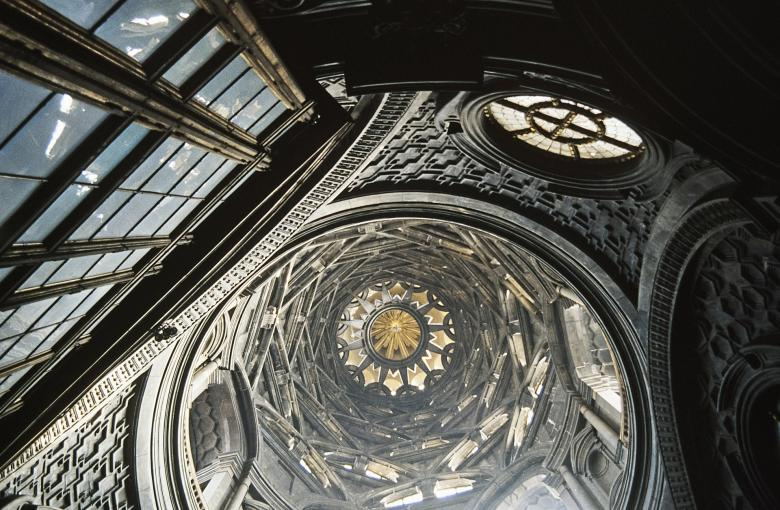Turin
Northern Italy's Turin is home to a significant metropolis and commercial and cultural hub. The city was formerly a significant political hub in Europe. The city is renowned for its numerous art galleries, eateries, churches, palaces, opera houses, piazzas, parks, gardens, theaters, libraries, museums, and other establishments. It also has a rich cultural and historical background. It deserves to be one of the best art nouveau destinations in Europe. The 16th and 18th centuries saw the construction of many of Turin's public squares, castles, gardens, and opulent palazzi, including the Palazzo Madama. The residences of the Royal House of Savoy, a section of Turin's historical center, are included as a World Heritage Site.
The art nouveau style's heyday, which was characterized by a vision of speed and fluid movement, occurred at the same time as the Italian automobile industry was beginning to take off. Production for Fiat (1899) and Lancia (1906) began in Turin's back alleys.
The original blue-floral logo for Fiat and the whiplash (distinctive curves), swirling letters on Lancia were emblematic of the movement's appreciation for dynamism. As Turin hosted an international exhibition of decorative arts in 1902, the city became the undisputed capital of the art nouveau movement, which the Italians dubbed Stile Liberty. Visit the first Fiat factory on Corso Dante, then travel to Borgo Po to see some Stile Liberty homes, including Casa Fenoglio-Lafleur and Villa Scott, both designed by Pietro Fenoglio in 1902.
Location: Piedmont region, Northern Italy















